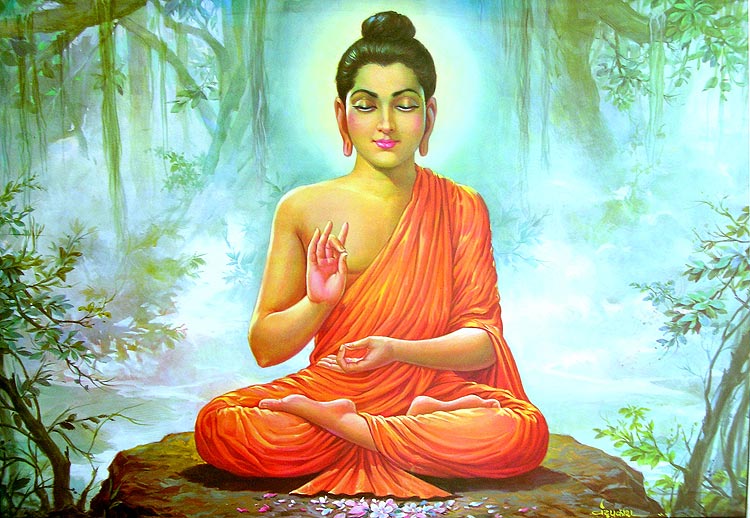 |
| Buddhism? Who has the time for that?! |
Because the Scottsdale-Phoenix lifestyle can be so hectic, it would make sense to think that practicing Buddhism is improbable and impractical. Who has time to practice or explore Buddhism in addition to everything else going on in life?
In Mahayana Buddhism, there are many ways to practice. There is sitting meditation, chanting mantras, reading teachings, visualizing positive ideas, and more. These are activities that are guided 100% towards Buddhism, and that when practicing, leave no time for anything else (it is pretty hard to chant mantras while talking on the phone). For convenience purposes, let us call this type of Buddhist practice "Type 1. "
 |
| "Type 1" Buddhist Practice |
"Type 2" Buddhist practice, if you still allow me to denote my own classifications, is what makes Mahayana Buddhism applicable to Scottsdale and Phoenix. In this type of Buddhist practice, you can practice Buddhism 24/7, no matter what you are doing. This practice consists of focusing on mindfulness and the Bodhisattva lifestyle. Mindfulness is the act of being aware of the mind. This means watching your feelings, thoughts, emotions, and everything else that the mind seems to be involved with. It means watching why this makes you happy and why this makes you nervous, and why you want to do this at this time and that at that time. By being aware of your mind, you are still meditating, yet without entering full lotus position. You can practice mindfulness while working, driving, eating, and even while talking on the phone. Being mindful combines with the Bodhisattva lifestyle to create an extremely powerful Buddhist practice that is applicable anywhere, anytime. As I mentioned earlier, the Bodhisattva lifestyle is a way of life taught directly by the historical Buddha. The Buddha said that when practicing the Bodhisattva attitude, you are practicing with the most powerful method available in Buddhism (in my previous post, you will notice that this is Mahayana Buddhism's interpretation on teachings of the Buddha). The Bodhisattva lifestyle is the lifestyle dedicated to the well-being of all living beings. This means that if you are practicing the Bodhisattva way of life, your primary concern is the well-being of others; you are dedicated to creating happiness and eliminating suffering. This is accomplished by generating love, kindness, compassion, understanding, patience, and more for all living beings. When mindfulness combines with this Bodhisattva attitude, your practice still enforces the benefits and ideas of "Type 1" practice, so you are not necessarily losing anything by forgoing seated meditation or mantra chanting. There is never a time when you cannot try to be aware of your mind, and when you cannot try to generate loving compassion for those around you. This is the attitude taught at the Emaho Foundation, and this is the same attitude that allows the citizens of Scottsdale and Phoenix to participate in Buddhism without abandoning their busy lifestyle. "Type 2" Buddhist practice is a feature of Mahayana Buddhism that allows Buddhist practice to flourish at whatever level the practitioner wishes. You may notice that combining mindfulness with a Bodhisattva attitude is not necessarily spiritual in any way-- it is simply the act of focusing on kindness while being aware of yourself. This is one pillar of Buddhism that holds strong the Buddhist community of Scottsdale and Phoenix.

